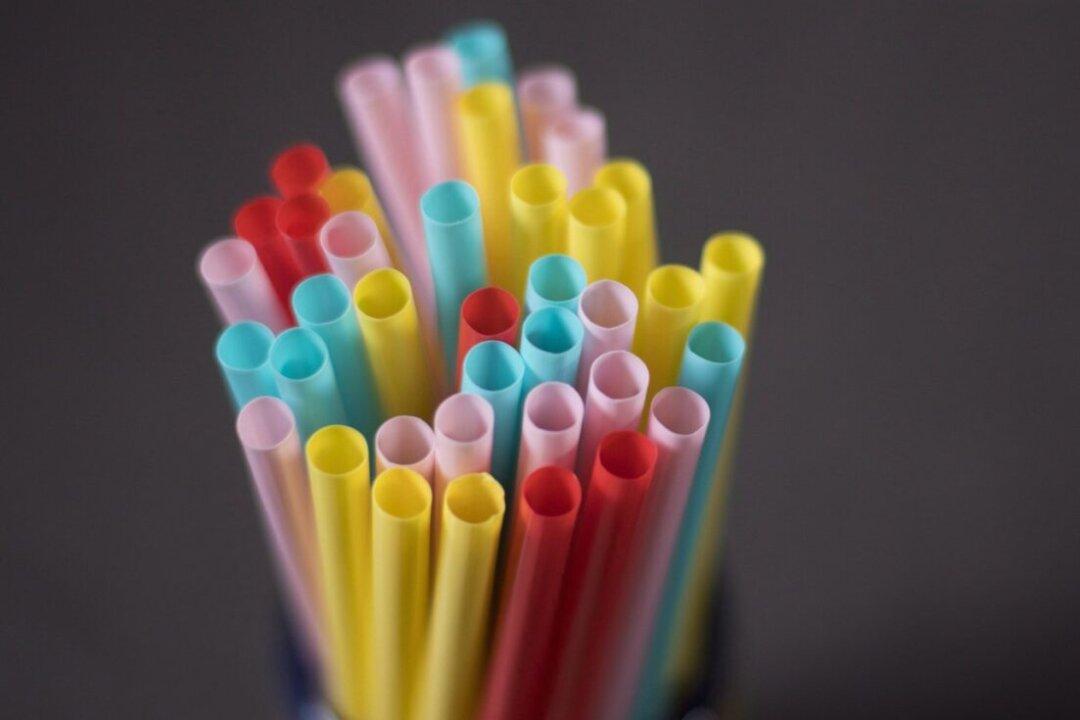There is currently no “accurate and comprehensive” way to gauge the impact of the federal ban on everyday plastic products on the environment, says a report by the Department of Environment and Climate Change.
“Given data gaps in the current understanding of plastic waste, it is challenging to draw conclusions about the relative impact of the Initiative on plastic waste in Canada as a whole,” said the report “Horizontal Evaluation of the Federal Leadership Towards Zero Plastic Waste in Canada Initiative,” published on Jan. 12, as first reported by Blacklock’s Reporter.





